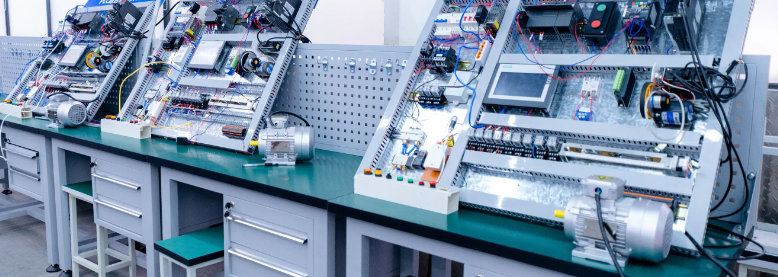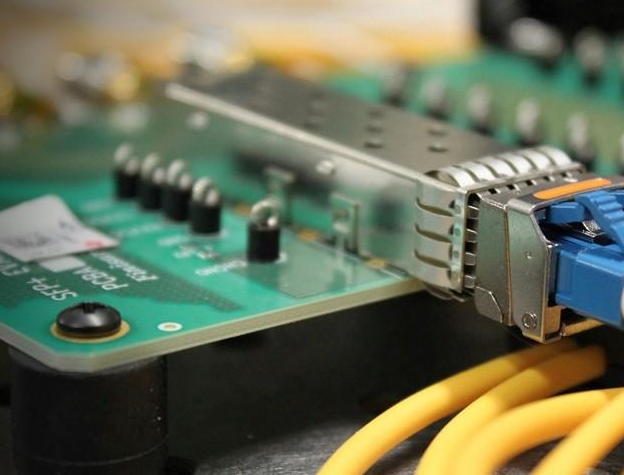
In the wave of Industry 4.0 and smart manufacturing, data has become a key element driving the transformation and upgrade of the manufacturing industry. However, manufacturing enterprises often face a thorny problem: how to integrate massive amounts of data from different devices using different protocols? This is where the importance of protocol conversion in industrial gateways comes into play. This article will delve into the concept, importance, implementation methods, and future trends of protocol conversion in industrial gateways.
I. The Concept of Protocol Conversion in Industrial Gateways
Protocol conversion in industrial gateways refers to the process of converting one industrial communication protocol to another. Industrial gateways, serving as the hub connecting factory floor devices and upper-level management systems, can achieve seamless conversion between different protocols, enabling devices and systems using different communication standards to communicate and exchange data with each other.
To give a simple example, suppose there’s a temperature sensor in a factory workshop using the Modbus protocol, while the management system uses the OPC UA protocol. The industrial gateway can act as a “translator,” converting the temperature data from the Modbus protocol to the OPC UA protocol, allowing the management system to read and understand this data.
II. The Importance of Protocol Conversion in Industrial Gateways
1. Breaking Down Data Silos
In many manufacturing enterprises, devices from different eras and manufacturers use a variety of communication protocols. This situation has led to serious “data silo” problems, hindering the effective flow and utilization of data. Through protocol conversion, industrial gateways can break down these silos, enabling the free flow of data.
2. Improving System Compatibility
Protocol conversion allows for seamless integration of new and old devices, greatly enhancing system compatibility. Enterprises don’t need to replace all equipment at once, but can gradually introduce new technologies, reducing upgrade costs.
3. Enhancing Data Value
When data from all devices can be uniformly collected and analyzed, enterprises can gain more comprehensive and in-depth insights. These insights can be used to optimize production processes, predict equipment maintenance needs, improve energy efficiency, and more.
4. Simplifying System Architecture
By performing protocol conversion at the edge layer, the entire system architecture can be simplified. Upper-level applications don’t need to be concerned with the specific protocols of underlying devices, focusing instead on data processing and utilization.
5. Improving System Security
Industrial gateways can act as security barriers, encrypting and filtering data while performing protocol conversion, enhancing the security of the entire system.
III. Common Industrial Protocols and Their Characteristics
To understand the complexity of protocol conversion, we first need to familiarize ourselves with some common industrial protocols:
1. Modbus: Simple, open, and widely used in industrial control.
2. Profinet: A real-time protocol based on industrial Ethernet, mainly used in automation.
3. OPC UA: A cross-platform, secure, and scalable industrial communication standard.
4. EtherNet/IP: An industrial protocol based on standard Ethernet, widely used in factory automation.
5. MQTT: A lightweight publish/subscribe messaging transport protocol suitable for IoT scenarios.
Each protocol has its specific application scenarios and advantages. For example, Modbus is simple to use but relatively limited in functionality; OPC UA is powerful but more complex to implement. Industrial gateways need to be able to flexibly handle protocols with these different characteristics.
IV. Implementation Methods of Protocol Conversion in Industrial Gateways
1. Protocol Stack Implementation
Industrial gateways typically integrate multiple protocol stacks, with each stack responsible for parsing and generating messages for a specific protocol. When protocol conversion is needed, the gateway first uses the source protocol stack to parse the incoming message, then uses the target protocol stack to generate the corresponding outgoing message.
2. Data Mapping
The core of protocol conversion is data mapping. Data structures and semantics may differ between protocols, so the gateway needs to establish a mapping table specifying how to convert data fields from one protocol to the corresponding fields in another protocol.
3. Caching Mechanism
As different protocols may have different data transmission rates, gateways typically use caching mechanisms to balance data flow. This ensures that fast protocols don’t experience delays due to waiting for slower protocols.
4. Protocol Adapters
Some advanced industrial gateways use modular designs, employing protocol adapters to handle specific protocols. This approach makes adding support for new protocols simple, requiring only the development of a new adapter module.
5. Intermediate Data Model
To handle complex multi-protocol conversion scenarios, some gateways adopt an intermediate data model approach. All protocols are first converted to this unified intermediate model, then converted to the target protocol. This method can simplify an n*n conversion problem to a 2n problem.
V. Challenges Faced in Protocol Conversion for Industrial Gateways
Despite the many benefits of protocol conversion, there are some challenges in practical applications:
1. Performance Overhead
Protocol conversion inevitably brings some performance overhead, especially when processing large amounts of real-time data. How to minimize latency while ensuring conversion accuracy is a trade-off that needs to be considered.
2. Data Precision Loss
Different protocols may have different ways of representing data, which can lead to precision loss during conversion. For example, converting high-precision floating-point numbers to integers may result in the loss of decimal places.
3. Protocol Feature Differences
Some protocols may have special functions that others do not possess. Handling these special functions during conversion is a challenge.
4. Security Considerations
Protocol conversion may introduce new security risks. For example, indiscriminately exposing industrial field data to the enterprise network may increase the risk of attacks.
5. Compatibility Issues
Although industrial gateways strive to improve compatibility, they may still encounter some proprietary protocols or old versions of protocols that are difficult to make compatible.
VI. Future Development Trends
Looking ahead, protocol conversion technology in industrial gateways will develop in the following directions:
1. Intelligent Conversion
Utilizing artificial intelligence technology to achieve more intelligent protocol recognition and conversion. Gateways can automatically learn new protocol features, adapting to the constantly evolving industrial communication environment.
2. Enhanced Edge Computing
More data processing and analysis functions will be pushed down to the gateway layer, reducing the burden on central systems and improving real-time performance and efficiency.
3. Strengthened Security
As the industrial internet develops, security issues are becoming increasingly prominent. Future industrial gateways will integrate more powerful security features, such as deep packet inspection and anomaly behavior detection, while performing protocol conversion.
4. 5G Integration
With the application of 5G technology in the industrial field, industrial gateways will increasingly integrate 5G communication capabilities, achieving faster and more reliable data transmission.
5. Protocol Standardization
Although difficult to achieve in the short term, the standardization of industrial communication protocols will be a trend in the long run. This will greatly simplify the complexity of protocol conversion.
Conclusion
Protocol conversion technology in industrial gateways has opened up data pathways for manufacturing enterprises and is a key link in realizing smart manufacturing. It not only solves current integration problems but also provides flexibility for future technological evolution. With continuous technological advancements, we have reason to believe that industrial gateways will play an increasingly important role in promoting the digital transformation of manufacturing. Enterprises should attach importance to the application of industrial gateways, choose appropriate solutions, and lay a solid foundation for digital transformation.
 KEY-IOT
KEY-IOT



